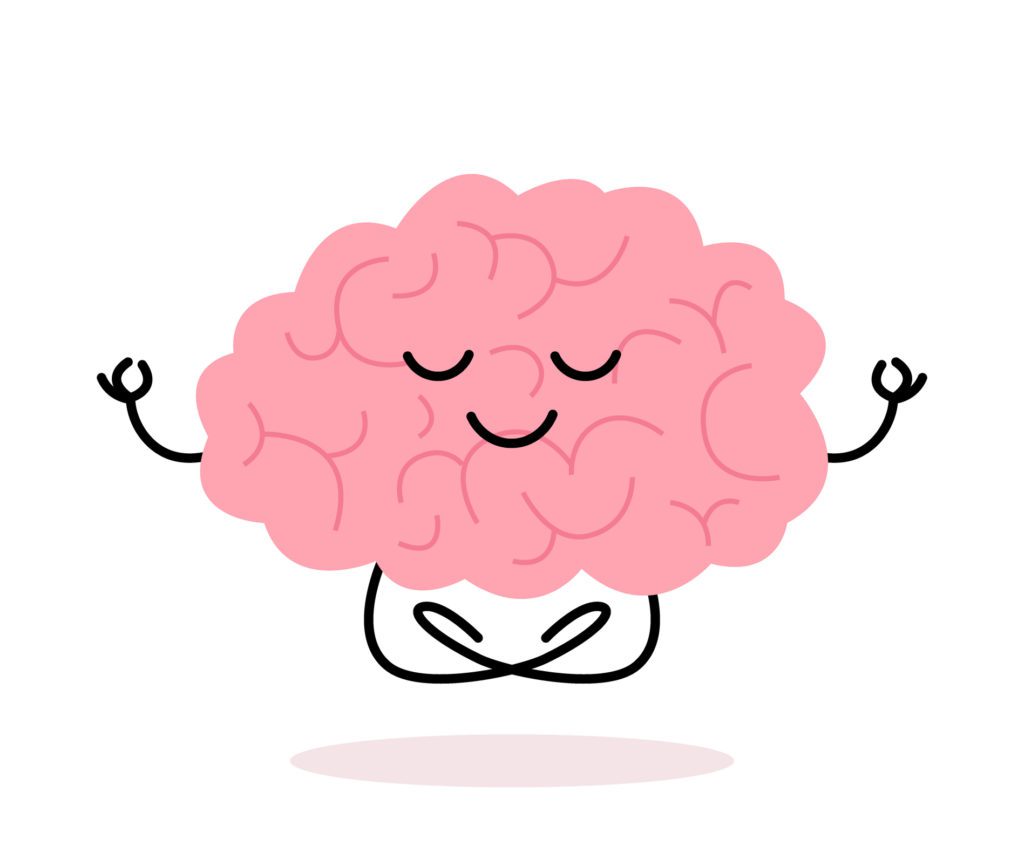
“Imagine extending and contracting your little finger.”
This was the sort of instruction given to people who volunteered to take part in a visualisation study at the Lerner Research Institute in Cleveland, USA.
The question was, could imagining working your muscles make those muscles stronger?
Certainly, it’s something some top athletes have always believed. Many had been doing it for years prior to the research. The 1992 Olympic 400m hurdles champion and former world record holder, Sally Gunnell, told me at a conference we both spoke at that she counts visualisation as one of the most important exercises she did in the months leading up to her Olympic victory.
But despite numerous reports and testimonies from athletes, there had been few formal quality studies.
So at the Lerner Research Institute, volunteers had their finger strength tested before they began visualising and then again 12 weeks later. During this time, they did the visualisation exercise on 5 days each week. Each session lasted 15 minutes, where they imagined sets of extensions and contractions of the little finger with shorts rests in between each set.
All the while they did this, another set of volunteers did real, physical extensions and contractions of their little finger. They also had their finger strength tested at the beginning and after 12 weeks for comparison.
Incredibly, visualisation improved physical strength of the finger by 35%. Granted, it wasn’t quite as much as those who did the physical exercises, whose strength had improved by 53%, but it also wasn’t 0%.
A 35% improvement in finger strength from not actually lifting a finger was highly significant.
So the answer to the question turns out to be yes! You can improve physical strength by using your mind.
This is a highly valuable conclusion, especially for people who have injuries and are not able to exercise.
Loss of muscle strength is often a concern for sportspeople with injuries that leave them unable to train for a while. It’s also a concern for people who have had accidents that limit their movement.
Addressing these sorts of concerns, scientists at the Ohio Musculoskeletal and Neurological Unit invited 29 volunteers to wear a cast from their elbow to their fingers for 4 weeks. The idea was to see if daily visualisation exercises could slow the rate of loss of muscle strength that occurs from immobilisation of the wrist.
To make a comparison, about half of the volunteers (14) did daily visualisation while the other half (15) didn’t.
The visualisation exercise involved mentally imagining pushing the hand against the cast as if contracting their wrist. They did several repetitions interspersed by short mental rest periods for 5 days a week over the 4 weeks.
At the end of the 4 weeks, they each had their cast removed and their strength was tested.
The group who visualised had lost strength at half the rate of those who hadn’t visualised. They lost 24% strength compared with a 45% loss in the non-visualisers.
Incredibly, visualisation had essentially offset some of the loss in muscle strength.
It’s easy to underestimate the impact that visualisation can have, and this is why I sometimes post about this sort of research. The notion of ‘mind over matter’ has moved in recent years from being labelled as woo-woo to being well understood as a credible science.
We now know that expectation or belief, for example, can shift brain chemistry and sometimes in line with what a person expects or believes is supposed to happen. The brain produces its own painkillers, for example, when a person takes a placebo that they believe is a painkiller.
Focus on the breath for sustained periods of time even creates physical changes in brain matter. Meditation is another practice that moved from woo-woo to ‘true-woo’ once more research became available.
Visualisation is now fast becoming recognised as a technique for developing or enhancing sports performance, and even for aiding rehabilitation following a stroke.
Several studies now show that stroke patients who practice visualisation in addition to physiotherapy recover faster than those who do physiotherapy alone.
Visualisation works because it causes changes in the brain. In some ways, the brain doesn’t distinguish between a real movement and an imaginary one. Studies show approximately the same neural changes when comparing real against imagined movements.
It means that imagined movements essentially give the body (and brain) a work out.
This is why you can use your mind to improve your strength.

Very interesting post – I read most of what you write and always enjoy your clear explanations of things.
Thanks so much, Yvonne. 🙂
And love what you write about gratitude and kindness!
I love the no-nonsense way you explain this , an easy read that can transform lives thank you
Aw, thanks so much. 🙂
I am a firm believer of visualisation along with affirmations and meditation in improving your health. I used it to help me on my fertility journey and know first hand how important it is!
Me too. That’s so great that visualisation helped you on your fertility journey!! Knowing it can be helpful in that way will be helpful to so many people. 🙂
Your articles are inspiring. I have also listened to you reading your book about ‘Woo woo’ working on audible. It’s fabulous! Thank you!
Thanks so much for your kind words. 🙂
can you say that we can improve our reflexes also by visualizing? if yes how ?
I wonder if this would work with something as extreme as MND?
I love this and how the studies behind it prove that visualisation is so powerful. I’ve used visualisation in so many ways to really help me to move forward in my life and create improvements, but love to read how powerful it is medically too.
How can the power of positive thinking be harnessed to enhance athletic performance and increase physical strength? Greeting : Telkom University